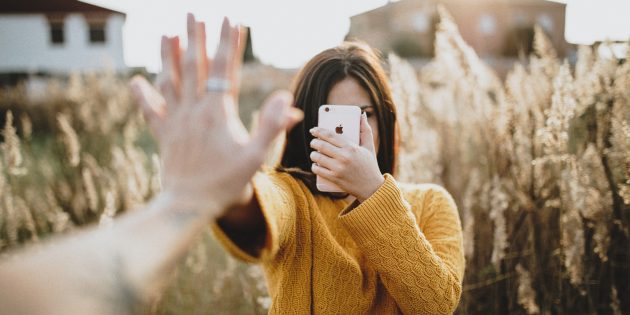In this article, we will talk about the RAW format on smartphones. What is it and what is the use of it in mobile photography? Let's figure it out now.

Literally, RAW is translated as "raw" or "raw". Its peculiarity is that it allows you to take photos without loss in quality and detail. Any other format (the same JPEG) compresses the image, which reduces its size, but at the same time deprives it of detailed information about color and light.
"It's great, of course," you say, "but why do I need this information? I shoot in JPEG, and everything is beautiful."And you will be right: you don't need RAW unless you plan to do post-processing. However, it is worth noting that this format allows you to "squeeze" much more out of the same frames than JPEG.
Thanks to the wide possibilities of working with the dynamic range, RAW is able to "pull out" even hopeless shots. After sitting in the editor, you can adjust the exposure separately for light or dark areas, get rid of overexposure and achieve correct color reproduction.
You will not be able to get such results with a JPEG photo. You will certainly lose in detail, there will be noises and artifacts.

All modern smartphones are shot in RAW. On most Android devices, this format can be selected in the standard Camera app. The iPhone has learned how to work with RAW since iOS 10. However, to do this, you need to install a third-party application, such as Adobe Lightroom CC or ProCamera.
You can immediately edit the snapshot in the application or save it on your computer for further processing.

I think you've seen that RAW helps you achieve impressive results. But is this really necessary in mobile photography?
That's why many people use a smartphone camera: to quickly take photos, sketch filters and post them on social networks. The point is speed, mobility, and for thoughtful work on photography there is a camera and a computer. You don't plan to use these pictures for commercial purposes, print them on huge billboards, and so on. The main thing that is required from mobile photography is a high—quality picture and the ability to process it quickly.
Few people will specifically save a photo from a smartphone to a computer in order to painstakingly process it in Photoshop. After all, it will still go to Instagram*, where it will be mercilessly compressed.
Yes, JPEG images lose in quality, but they weigh less and are processed faster. And if your hands are not hooked, the end result will please you.
Shooting in RAW is the right thing to do, but it doesn't make much sense for mobile photography yet. Smartphones have not yet grown to the level of "adult" photography, although they are developing extremely quickly. I hope that in a couple of years I will be able to put the camera on the shelf and shoot only on a smartphone.
Facebook Instagramming is prohibited in the territory of the Russian Federation.*The activities of Meta Platforms Inc. and its social networks Facebook and Instagram are prohibited in the territory of the Russian Federation.